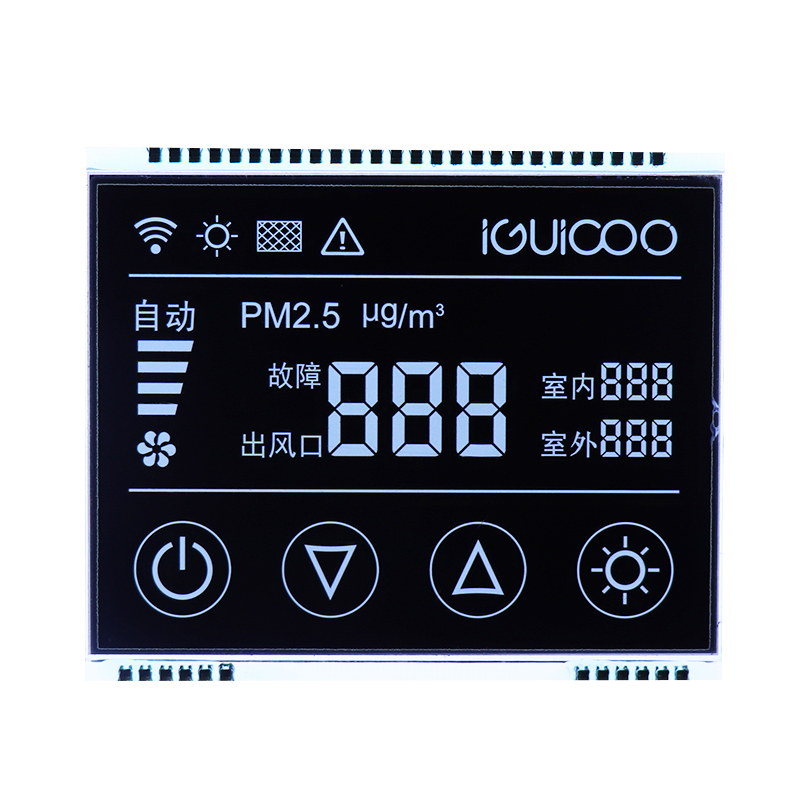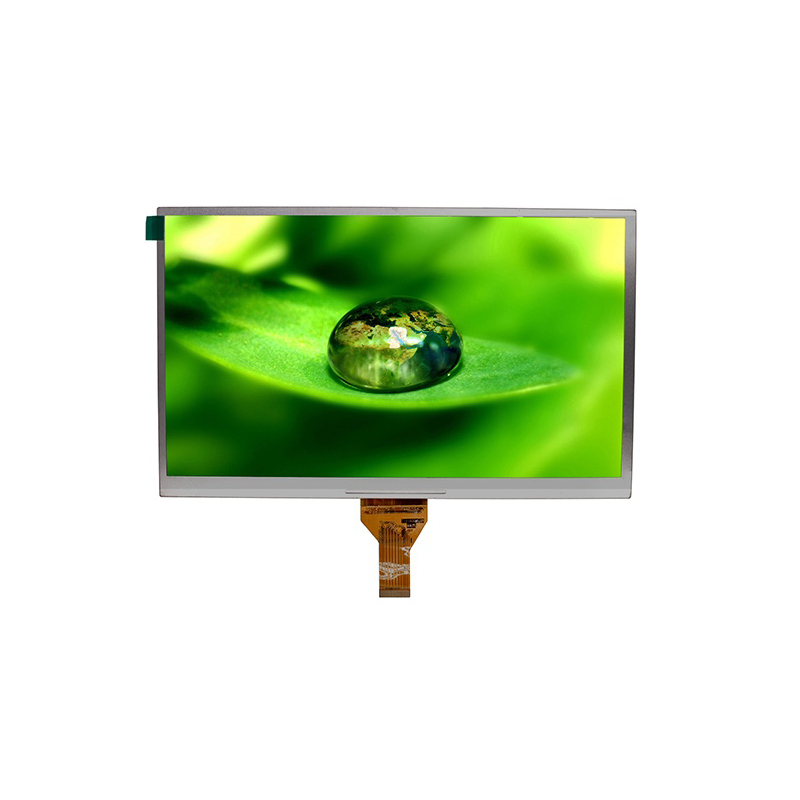
TFT Screen Touch: A Comprehensive GuideThis guide provides a detailed overview of TFT screen touch technology, covering its functionalities, applications, advantages, and disadvantages. We'll explore various types of TFT screen touch displays and offer insights into choosing the right one for your needs. Learn about the technology behind TFT screen touch and discover how it's shaping the future of interactive devices.
TFT screen touch technology has revolutionized the way we interact with electronic devices. From smartphones and tablets to industrial control panels and automotive displays, TFT (Thin-Film Transistor) displays with touch capabilities are ubiquitous. This guide dives deep into the specifics of this technology, explaining its workings and applications, ultimately helping you understand what makes it tick.
A TFT screen is a type of liquid crystal display (LCD) that uses thin-film transistors to control the individual pixels on the screen. Each pixel has its own transistor, allowing for precise control over the color and brightness of each pixel. This results in a sharper, clearer image compared to older LCD technologies.
Touch functionality in TFT screen touch displays is typically achieved through one of several technologies:
TFT screen touch technology is pervasive in consumer electronics. Smartphones, tablets, laptops, and e-readers all rely heavily on this technology for user interaction. The responsive and intuitive nature of TFT screen touch has made it a cornerstone of the modern mobile experience.
Industrial settings benefit greatly from the durability and responsiveness of TFT screen touch displays. These screens are found in industrial control panels, medical equipment, point-of-sale systems, and other applications where precise control and clear visuals are critical. For example, many modern CNC machines use high-quality TFT screen touch interfaces for precise operation and monitoring.
The automotive industry is increasingly incorporating TFT screen touch displays into vehicles. From navigation systems and infotainment centers to instrument clusters and heads-up displays, TFT screen touch enhances the driving experience by providing a streamlined and intuitive interface for controlling various vehicle functions. Many leading automotive manufacturers are collaborating with companies like Dalian Eastern Display Co., Ltd. to integrate advanced TFT screen touch technologies into their models.
Selecting the appropriate TFT screen touch display depends on several factors, including:
While TFT screen touch technology offers numerous advantages, it also has some limitations:
| Feature | Advantages | Disadvantages |
|---|---|---|
| User Interface | Intuitive and easy to use | Can be less precise than other input methods |
| Visual Appeal | High resolution and vibrant colors | Susceptible to fingerprints and smudges |
| Durability | Many options available with varying levels of durability | Can be fragile and prone to damage |
This comprehensive guide provides a strong foundation for understanding the complexities and applications of TFT screen touch technology. Remember to carefully consider your specific needs when choosing a TFT screen touch display to ensure optimal performance and user experience.
1 Data on TFT screen technology is widely available through various technical publications and manufacturer websites. Specific details on individual products will vary depending on the manufacturer and model.












